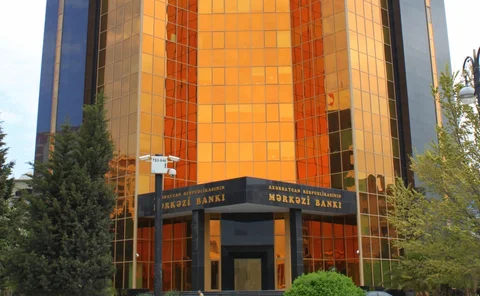Economic modelling
BoE’s Weale: t-distribution may outperform normal
Representing monetary policy committee’s judgements using the t-distribution implies GDP outcomes are skewed to the downside and inflation to the upside
Building a fast, flexible and free DSGE model
A team at the New York Fed is part way through translating its DSGE model into Julia, a fast, open-source mathematical programming language
Researchers conduct ‘horse race’ of financial crisis early-warning models
Statistical approaches based on machine learning appear to offer more robust early warnings of financial crisis than models based on more conventional techniques, two researchers say
Nonlinear models struggle to outperform VARs, Azerbaijani paper finds
Central bank’s first working paper finds various different nonlinear forecasting models perform poorly against autoregressive and VAR models, and even random walks
Researchers explore link between rates and consumption in new model
Working paper published by ECB examines transmission mechanism of monetary policy in a heterogeneous agent New Keynesian model
Paper finds Norwegian housing market is ‘micro efficient’
Research published by Norges Bank exploits dataset comprising 472,378 housing transactions; finds little persistence but a lot of reversion in sale prices
BoJ paper attempts to ditch Friedman rule with new model
Paper outlines model where mild inflation is welfare-optimising, in contrast to Milton Friedman’s rule implying mild deflation, which underpins many monetary models
Competition in treasury auctions reduces bidder surplus, working paper finds
Data from before and after Austria’s entry into the European Union shows increased competition in bond auctions substantially reduces bidder surplus, researchers say
Norges Bank researchers grapple with nonlinear exchange rate pass-through
Exchange rate pass-through in Norway is unusually high, which the authors suggest could be due to the size of recent currency movements – but pinning down the effect empirically proves difficult
Paper uses machine learning to nowcast GDP in Lebanon
Working paper published by IMF explores use of machine learning technique in assessing economic conditions in Lebanon, where analysis is a ‘distinct challenge’ on account of data lags
RBNZ tweaks forecasting models and cuts key rate
Reserve Bank of New Zealand cuts rates by 25bp to 2.25% in attempt to prevent inflation expectations from falling further; updates models in wake of optimistic forecasts
BoJ’s Nakaso sees analytical challenge in gauging reforms
Policy board member says the design of standard models may be one reason why it is hard to tell whether Japan needs demand- or supply-side reform
Financial variables improve output gap estimates, BoE paper finds
Adding financial variables to estimates of the output gap can allow policy-makers to spot trouble on the horizon more easily, authors say
Research considers impact of fiscal consolidation on debt-to-GDP ratio
Working paper published by ECB finds fiscal consolidation conducted through a revenue increase, rather than a spending cut, is ‘self-defeating austerity’
Research considers why macroeconomic announcements impact asset prices
A working paper published by the ECB weighs the ‘intrinsic value’ of macroeconomic news announcements in the US, finding timing is crucial to maintaining it
Kansas Fed researchers bridge gap between forward guidance data and theory
Working paper identifies empirical effects of guidance at the zero lower bound, before finding a standard model of price rigidity largely replicates the results
BIS paper says trade finance impacts global spillovers
Working paper emphasises importance of including trade finance when modelling global shocks, finding variations in price stickiness are important
ECB paper quantifies spillover from sovereign to corporate credit risk
Research studies direct spillover effects using credit default swaps and data on 226 firms from 15 European countries in aftermath of first Greek bail-out














